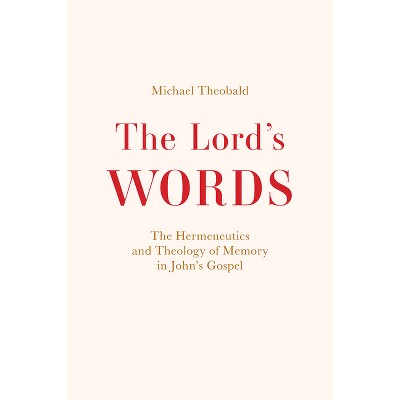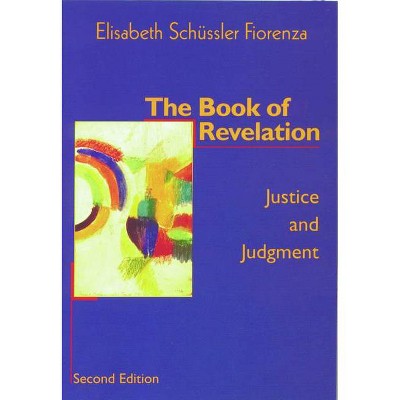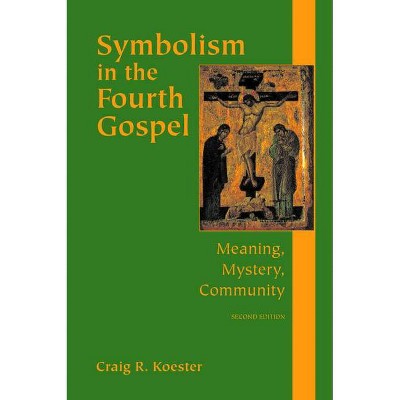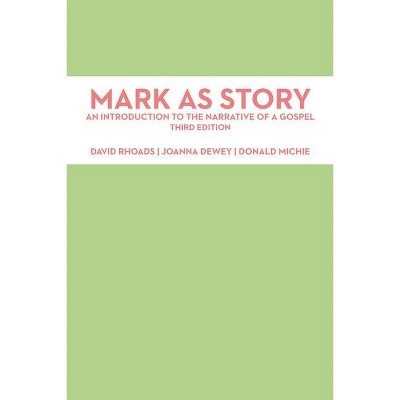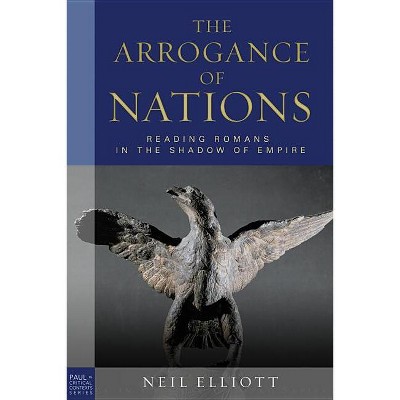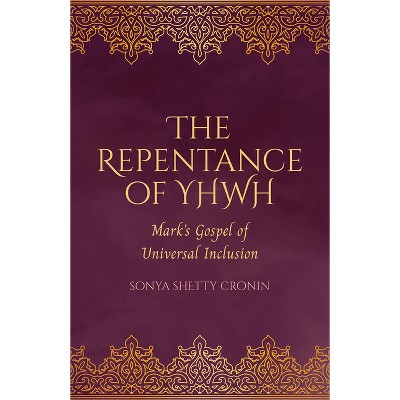About this item
Highlights
- Second John occupies a rather peripheral place in the New Testament canon.
- Author(s): Lincoln H Blumell
- 350 Pages
- Religion + Beliefs, Biblical Studies
Description
About the Book
The address in 2 John 1 to "an elect lady" has long puzzled commentators and so is widely held to be a metaphorical personification for a Christian church. This study demonstrates that the Greek text underlying the address has been corrupted, and that the letter is actually addressed to a named woman.Book Synopsis
Second John occupies a rather peripheral place in the New Testament canon. Consisting of a mere thirteen verses and often viewed as a kind of abstract of 1 John, the letter has traditionally not garnered much individual attention. While scholars have long noted that the opening address of the letter is ambiguous, in some cases even problematic, the received reading that is printed in all Greek editions of the New Testament for the last 150 years is ἐκλεκτῇ κυρίᾳ and is typically translated as "to an elect lady." The nearly universal view in modern scholarship is to take "elect lady" as a metonym for a church that is metaphorically personified as a woman.
Drawing upon a wide range of evidence that includes Greek papyri, New Testament manuscripts, and a host of other sources, this study shows that the received address printed in all editions of the Greek New Testament is not correct. Rather, the address should be rendered Ἐκλέκτῃ τῇ κυρίᾳ and translated "to the lady Eclecte" so that the principal recipient of the letter is a named woman. This reading makes far more sense with the letter as a whole and makes it the only text in the entire New Testament canon addressed to a woman.







